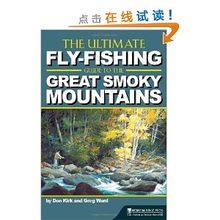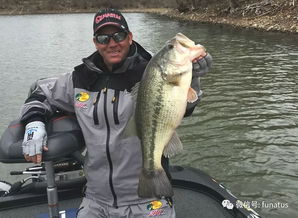Content:
Introduction: Fishing is an age-old pastime that brings joy and relaxation to countless enthusiasts around the world. One of the key elements to a successful fishing experience is the proper use and choice of your fishing rod. Whether you are a beginner or an experienced angler, understanding how to select the right rod and employ effective fishing techniques can significantly enhance your chances of catching that elusive fish. In this article, we will delve into the intricacies of choosing the perfect fishing rod and mastering the essential techniques to make your angling adventures more fruitful.
Choosing the Right Fishing Rod:
Material: The first step in selecting a fishing rod is to consider the material it is made of. Common materials include graphite, fiberglass, and composite. Graphite rods are lightweight and offer excellent sensitivity, making them ideal for precision casting and detecting subtle bites. Fiberglass rods are more durable and flexible, making them suitable for heavy-duty applications and saltwater fishing. Composite rods offer a balance between strength and sensitivity, making them versatile for various fishing situations.
Action: The action of a fishing rod refers to how it bends when a load is applied. There are three types of actions: slow, medium, and fast. A slow-action rod bends towards the tip, allowing for better casting distance and more control when retrieving. Medium-action rods bend evenly from the tip to the handle, offering a balance between casting and retrieving. Fast-action rods bend near the handle, providing maximum power for casting and setting the hook. The choice of action depends on the type of fishing you plan to do, the fish species you are targeting, and the kind of casting technique you prefer.

Length: The length of a fishing rod can greatly impact your casting ability and overall fishing experience. Longer rods are better for casting long distances and reaching fish in deeper waters, while shorter rods are more maneuverable in tight spaces and ideal for fishing in shallow waters. The ideal rod length also depends on the type of fishing you are doing; for example, bass fishing often requires a rod that is around 6 to 7 feet long.
Power: The power of a fishing rod refers to its resistance to bending. Light power rods are suitable for lighter lures and finesse techniques, while heavy power rods are designed for heavier lures and fish species that require more force to land. Consider the size and strength of the fish you are targeting when choosing the power rating of your fishing rod.
Mastering Fishing Techniques:
Casting: Casting is a fundamental skill that every angler should master. To improve your casting technique, start with a few practice casts, focusing on maintaining a consistent loop and releasing the line smoothly. Experiment with different casting methods, such as the overhead cast, sidearm cast, and roll cast, depending on the fishing situation and the type of rod you are using.
Knot Tying: Proper knot tying is crucial for securing your line to the lure or hook. Learn how to tie the improved clinch knot, the Palomar knot, and the Uni knot, which are among the most reliable and widely used fishing knots. Always double-check your knots before setting out to ensure they are tight and secure.
Lure Selection: Choosing the right lure is as important as using the right rod. Research the habits and preferences of the fish species you are targeting. Use live bait, artificial lures, or a combination of both, depending on the situation. Experiment with different colors, sizes, and shapes to see what works best in your specific fishing environment.
Patience and Sensitivity: Patience is a virtue in fishing. Wait for the fish to bite rather than reeling in the line too quickly. Pay close attention to your rod for any subtle movements that indicate a bite. If you sense a tap or pull, set the hook gently but firmly to avoid losing the fish.
Conclusion: Selecting the right fishing rod and mastering the necessary techniques can transform your fishing experience. By understanding the material, action, length, and power of your rod, you can choose the perfect tool for your angling needs. Additionally, by honing your casting, knot-tying, lure selection, and sensitivity skills, you'll be well on your way to becoming a proficient angler. So, grab your rod, hit the water, and enjoy the art of angling with confidence and success.












